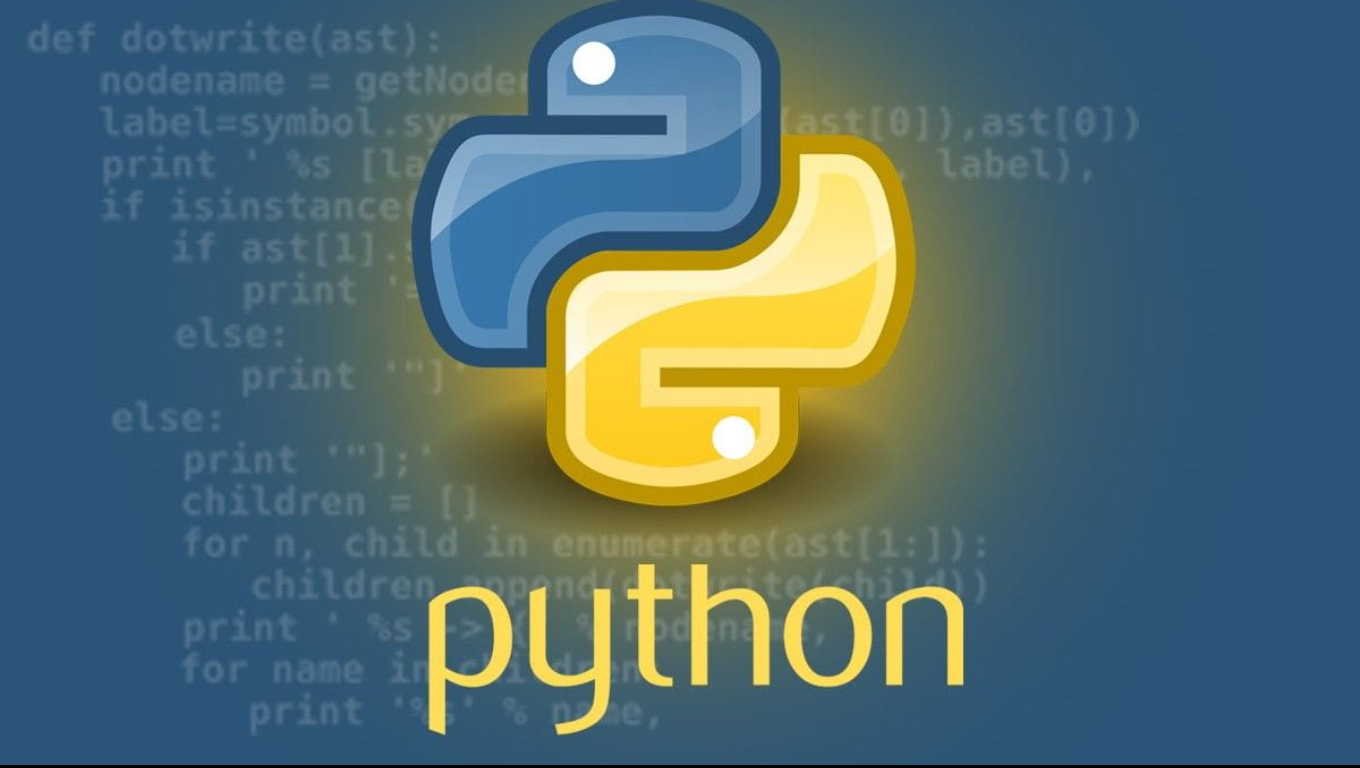Today we explore the realm of popular programming languages that you should watch out for 2024. These are the tools that would help you earn your bread and butter in this year. Modestly, if not easily 🙂
Table of Contents
What programming languages are gaining market share.
Introduction:
In the ever-evolving landscape of technology, staying abreast of the latest programming languages is essential for programmers, developers, and aspiring tech professionals. As we step into 2024, certain programming languages have emerged as frontrunners, offering versatility, demand, and exciting possibilities. Here, we’ll explore the top seven programming languages that are poised to make a significant impact in 2024.
Python:
Widely regarded as one of the most beginner-friendly languages, Python continues to dominate the programming world. Known for its simplicity and readability, Python is extensively used in web development, data science, artificial intelligence, and automation. With an extensive library ecosystem, Python is a must-learn language for those entering the field or looking to expand their skill set in 2024.
JavaScript:
JavaScript remains a fundamental language for web development, and its significance is only growing with the rise of interactive and dynamic websites. With the advent of frameworks like React, Angular, and Vue.js, JavaScript has become an integral part of front-end and full-stack development. Learning JavaScript, along with its associated libraries and frameworks, is crucial for anyone looking to excel in web development in 2024.
Java:
Java, a stalwart in the programming world, continues to be a top choice for building robust and scalable enterprise-level applications. Its “write once, run anywhere” philosophy makes it versatile, and its strong community support ensures its relevance in 2024. Java is an excellent language for backend development, mobile application development (Android), and large-scale distributed systems.
TypeScript:
TypeScript, a superset of JavaScript, has gained traction due to its static typing features, making code more maintainable and scalable. With the rise of popular frameworks like Angular, which is built using TypeScript, this language is becoming increasingly popular for web development projects. Developers seeking to enhance the reliability and scalability of their JavaScript code should consider mastering TypeScript in 2024.
Rust:
Rust has garnered attention for its focus on system-level programming with a strong emphasis on memory safety. Developed by Mozilla, Rust is praised for its performance, concurrency support, and zero-cost abstractions. As the demand for efficient and secure systems programming continues to rise, Rust is gaining momentum and is an excellent choice for developers looking to work on projects that require a high level of performance and safety.
Kotlin:
Kotlin, officially supported by Google for Android app development, has gained popularity as a modern and concise language that is interoperable with Java. With its enhanced features and seamless integration with existing Java codebases, Kotlin has become the preferred language for Android development. As mobile applications continue to dominate the tech landscape, learning Kotlin is a valuable investment in 2024.
Go (Golang):
Go, commonly known as Golang, has been making waves in recent years due to its simplicity, efficiency, and suitability for concurrent programming. Developed by Google, Go is gaining popularity in cloud-based development and microservices architecture. With its straightforward syntax and excellent performance, Go is an ideal language for building scalable and efficient applications, making it a key language to learn in 2024.
What programming languages are gaining market share
As of 2024, several programming languages were gaining popularity:
- Rust:
- Rust has been gaining attention for its focus on memory safety, performance, and concurrency. Its use in systems programming and areas where low-level control is crucial has contributed to its rising popularity.
- TypeScript:
- TypeScript, a superset of JavaScript, has gained popularity due to its static typing features, making it more robust and maintainable. It’s often used in conjunction with popular front-end frameworks like Angular.
- Kotlin:
- Kotlin, especially in the context of Android development, has seen increased adoption. Its concise syntax, interoperability with Java, and official support from Google for Android app development contribute to its popularity.
- Go (Golang):
- Go has been on the rise, especially in the realm of cloud-based development and microservices. Its simplicity, efficiency, and excellent performance make it attractive for scalable applications.
- Swift:
- Swift, developed by Apple, has gained popularity for iOS and macOS app development. Its modern syntax, safety features, and performance improvements have made it a preferred choice for many developers.
- Dart:
- Dart, the programming language used with the Flutter framework for building cross-platform mobile and web applications, has seen increased interest. Flutter’s ease of use and Dart’s capabilities contribute to their popularity.
- Julia:
- Julia, designed for high-performance numerical and scientific computing, has gained attention in the data science and machine learning communities. Its focus on speed and ease of use has contributed to its growing popularity in these domains.
- Haskell:
- Haskell, a functional programming language, has seen a resurgence of interest, particularly in the context of developing robust and scalable applications. Its strong type system and emphasis on functional programming principles make it attractive to certain developer communities.
With due respect we have to keep in mind that the popularity of programming languages can be influenced by various factors, including industry trends, project requirements, and the developer community’s preferences. For the latest insights, it’s recommended to refer to recent surveys, GitHub repositories, and industry reports.
Where is ruby?
The Current Landscape of Ruby Programming Language
Ruby, an object-oriented programming language, has maintained its relevance and significance in the tech industry, particularly in the realm of web development. And Ruby continues to be a favoured choice for developers and companies seeking a language that prioritizes simplicity and productivity.
Web Development with Ruby on Rails: Ruby’s popularity is closely tied to the success and widespread adoption of the Ruby on Rails framework. Known for its convention over configuration and rapid development principles, Rails has been instrumental in empowering developers to build scalable and efficient web applications. Many startups and established companies still leverage Ruby on Rails for its elegant syntax and developer-friendly environment.
Active Community and Ecosystem: Ruby boasts a vibrant and engaged community that actively contributes to the language’s ecosystem. The open-source nature of Ruby fosters the creation of numerous gems, libraries, and tools, enhancing the language’s capabilities and providing solutions to a wide range of development challenges.
Ease of Learning and Usability: One of Ruby’s strengths lies in its readability and user-friendly syntax, making it an excellent choice for both beginners and experienced developers. The language’s elegance and expressiveness contribute to its reputation as a pleasant language to work with, fostering creativity and productivity in coding projects.
Beyond Web Development: While Ruby is commonly associated with web development, it is also employed in other areas, particularly in scripting and automation. Its concise syntax and scripting capabilities make it a suitable choice for various tasks, including system administration and DevOps workflows.
Challenges and Evolving Landscape: Despite its strengths, Ruby faces competition from other languages in specific domains. In web development, alternatives like JavaScript (Node.js) and Python are also widely adopted. The evolving landscape of technology constantly introduces new challenges and opportunities, requiring programming languages to adapt and innovate.
Updates and Versions: The Ruby language continues to evolve, with periodic updates enhancing performance and introducing new features. As of my last update, Ruby 3.0 was the latest stable version, showcasing the community’s commitment to improving the language’s capabilities.
In conclusion, Ruby remains a relevant and valuable programming language, appreciated for its simplicity, productivity, and strong community support. Its continued use in web development, coupled with a diverse ecosystem and a commitment to innovation, positions Ruby as a language that developers can rely on for various projects and applications.
How about Lua?
Lua has indeed gained popularity in specific domains, such as game development, embedded systems, and scripting. However, its widespread adoption in broader software development contexts might be limited due to several factors: Check out our detailed article here
Conclusion:
In the dynamic world of programming, staying current with the latest languages is crucial for career growth and relevance. The programming languages mentioned above are not only popular but also offer diverse opportunities in various domains. Whether you’re a beginner or an experienced developer, investing time in mastering these languages will undoubtedly contribute to your success in the evolving tech landscape of 2024.






If some one needs expert view about blogging after that i advise him/her to pay
a visit this webpage, Keep up the fastidious job.
Nice Article
Wow, this paragraph is fastidious, my younger sister is analyzing these kinds of things, so I am going to tell her.
When I initially commented I clicked the “Notify me when new comments are added” checkbox and now each time a comment
is added I get three e-mails with the same comment.
Is there any way you can remove people from that service?
Thanks!
I will have to check. Sorry for the inconvenience though
Thank you for sharing such valuable information!